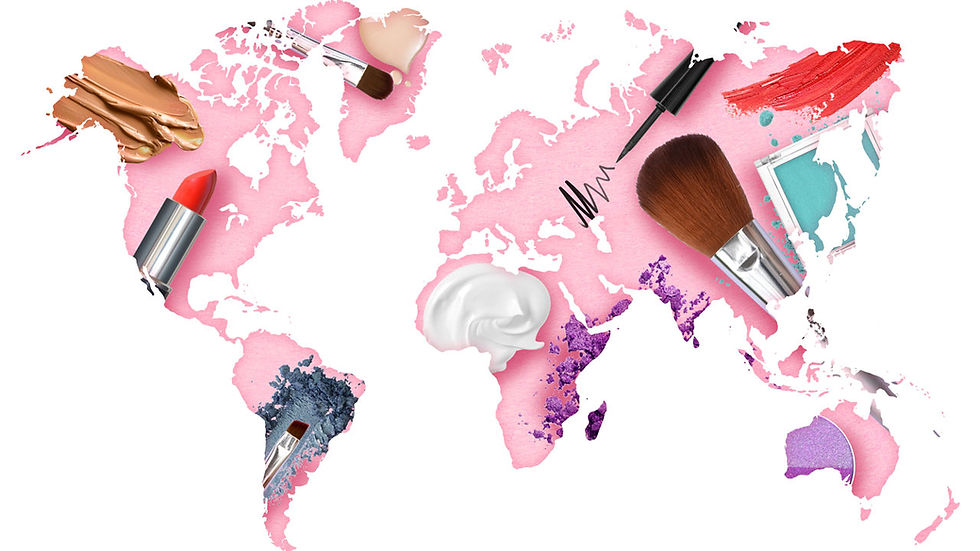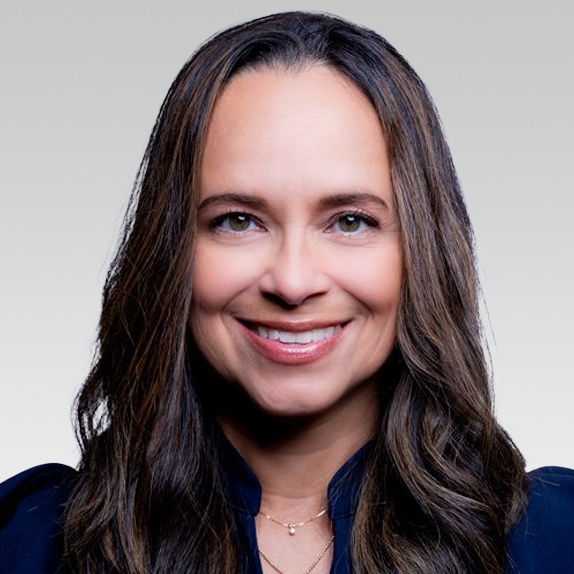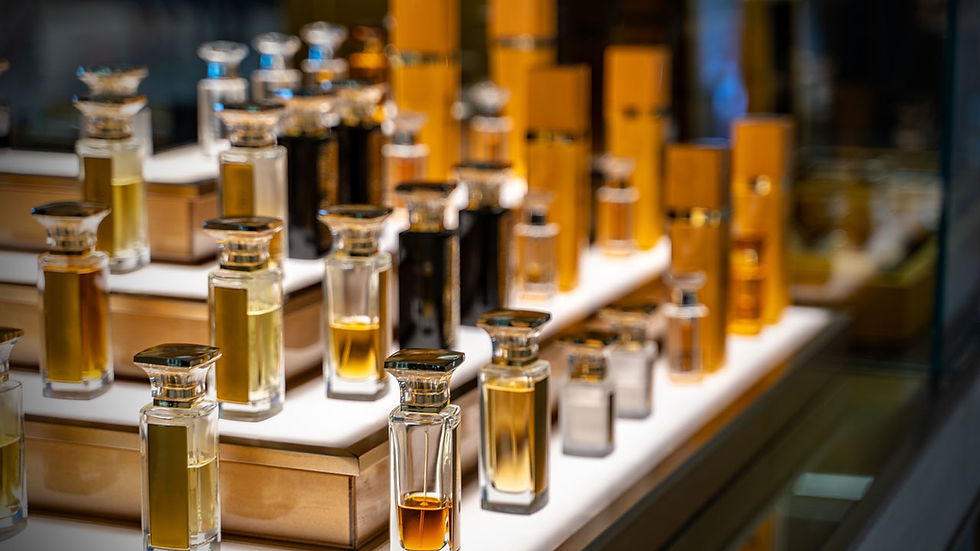- Larissa Jensen

- Oct 28, 2022
- 2 min read
Heading into the 2022 holiday season, the U.S. beauty industry’s biggest question is, can our industry remain insulated from the economic headwinds swirling around us? Year-to-date, prestige beauty is the only industry that is growing in unit sales among the 14 discretionary retail spending categories tracked by NPD. Clearly, consumers have been indulging in beauty products — an indulgence that is unique to the prestige side of the beauty market. In fact, year-to-date unit sales are declining for beauty products sold in the mass channel, including food and drug stores, according to IRI mass market sales data, whereas both dollar and unit sales are growing by double digits for beauty products sold in the prestige channel.
There are reasons to feel optimistic that the prestige beauty market’s sales energy will endure for the holiday season, including the following:
The first is because of what NPD has coined the “beauty index.” Bigger than the lipstick or fragrance indexes, the beauty index is tied to the same dynamics, but on a broader scale. Regardless of which company or poll has been measuring it, U.S. consumer sentiment has unanimously been trending downward all year. The beauty index supposes that when sentiment is low, the desire to treat oneself goes up, and NPD has observed the impact of consumers treating themselves across all prestige beauty categories throughout 2022. In line with this trend, 28% of consumers are planning to purchase beauty products this holiday season, which is consistent with prior years, according to findings from the NPD Holiday Purchase Intentions Report.
The second reason for the beauty industry’s positive holiday outlook is that consumers are planning to shop more in stores. According to NPD’s holiday report, more consumers will purchase holiday gifts at brick-and-mortar stores. This shift from online shopping is a boon to beauty product sales, as physical stores capture the largest share of revenue across all categories. This channel also has a higher frequency of impulse purchasing, and beauty products are the ultimate little luxury — they are quick and easy to pick up while walking the aisles. Online sales will remain important, but physical stores will win during the holidays this year.
The final, but equally important, reason stems from the prestige beauty industry’s largest consumer base. Nearly half of its shopper base has a household income of more than $100,000 per year. This contrasts with the mass-market shopper, which has a greater diversity of income levels; according to IRI shopper panel data, about one-third of the mass market shopper base earns less than $50,000 per year and these consumers are more likely to cut back spending this holiday season. In contrast, NPD’s holiday study reveals that consumers earning over $150,000 are more likely than other income ranges to spend more, shop for themselves, and purchase beauty products during the holiday season.
NPD is forecasting holiday sales growth for the prestige beauty industry. The expectation is that the dynamics that have propelled our industry forward all year should continue to carry us through the always important fourth quarter. Fragrance sales will grow, albeit slower than in years past, and makeup, skincare, and hair care should also shine during the holidays, maintaining the strong sales performance these categories have experienced so far this year.
































